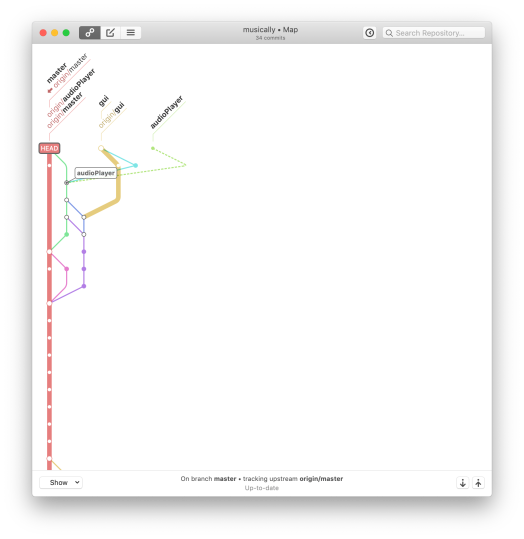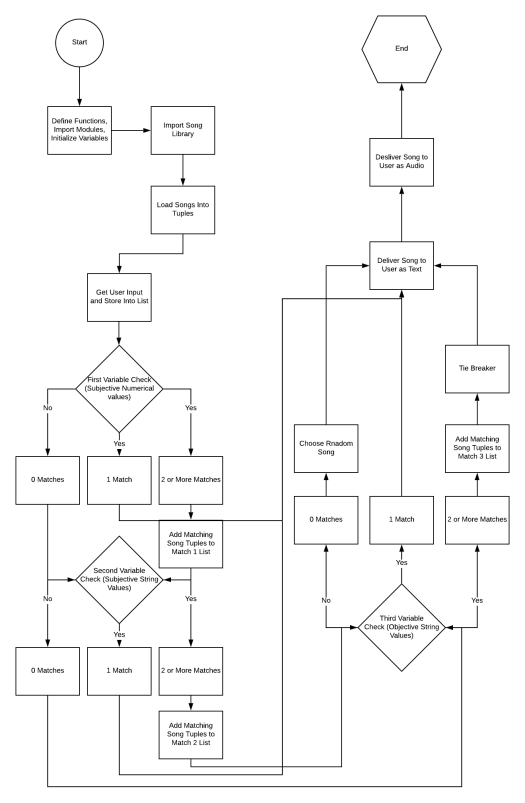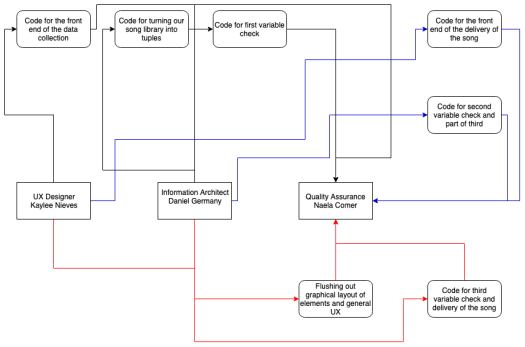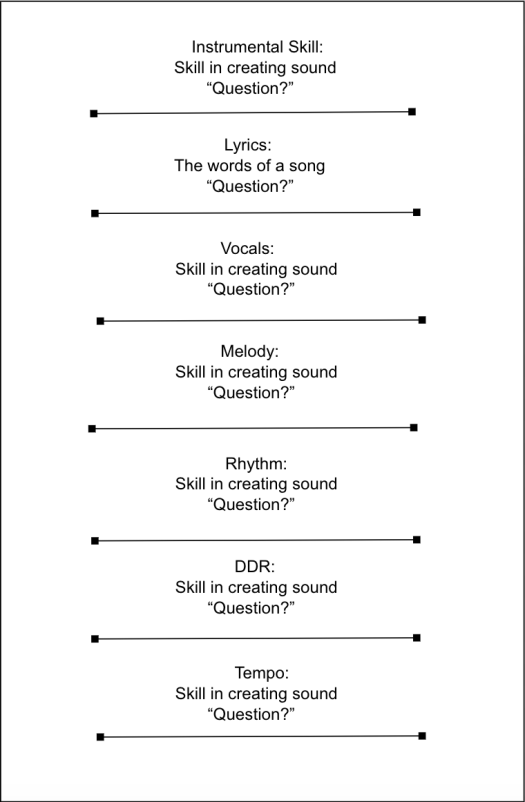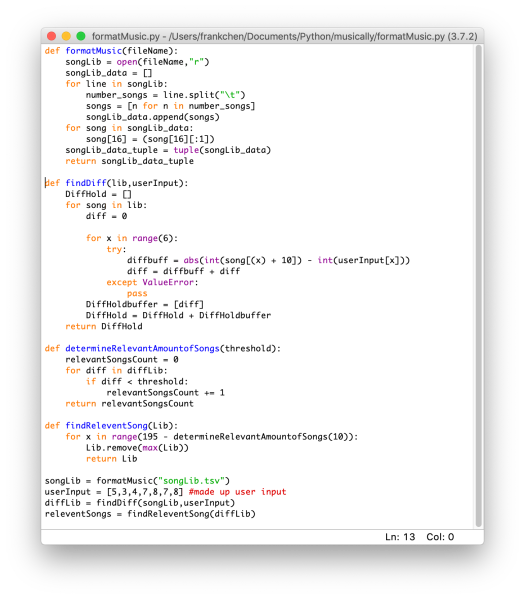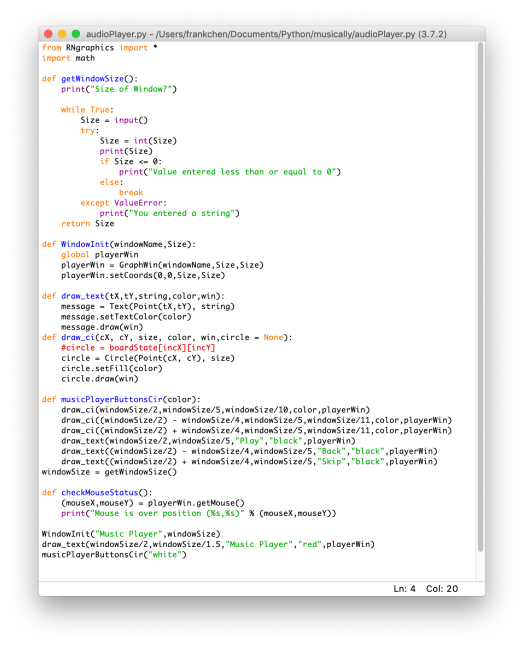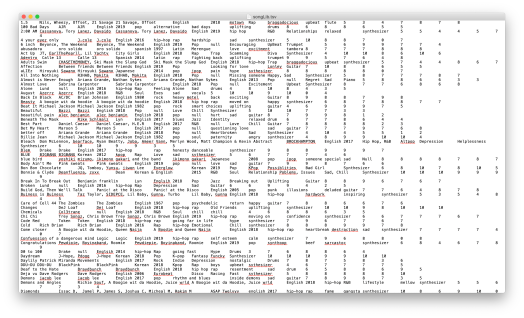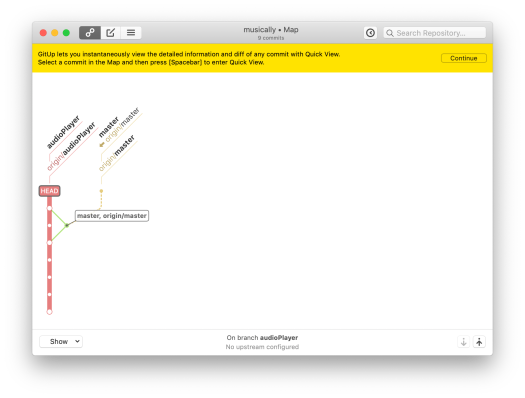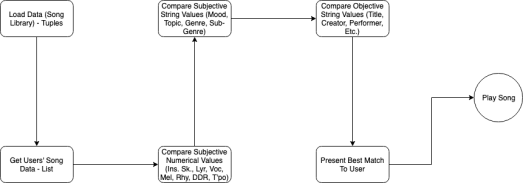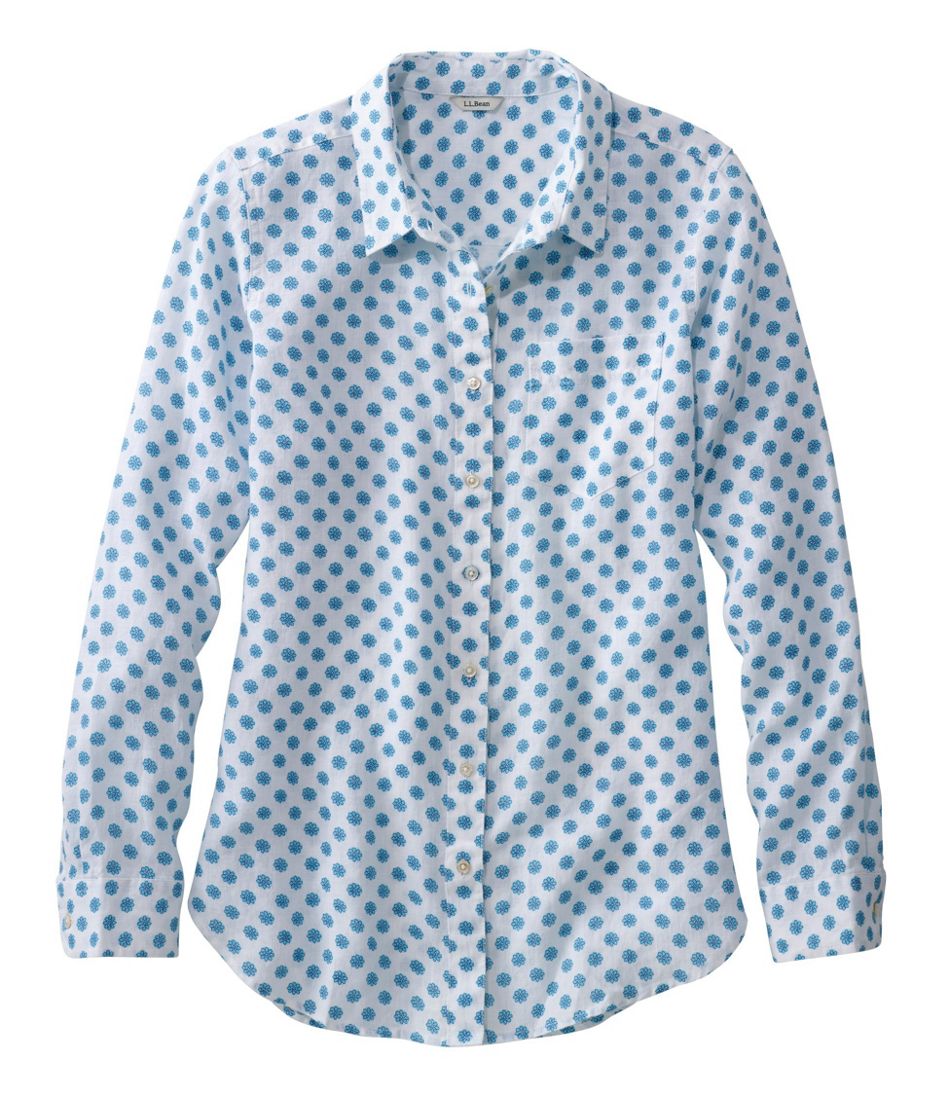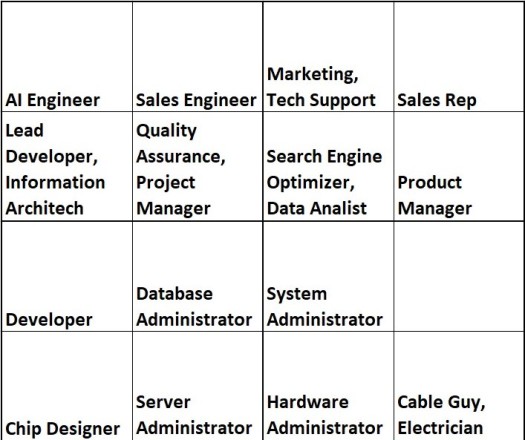Purpose
To determine an unknown substance using its density.
Materials
- Two blocks composed of an unknown substance
- Scale
- Ruler
- Beaker
- 150 milliliters of water
Procedure
- Make observations about the block and put it in your data table
- Put the block on the scale and determine the mass. Put it in your data table
- Fill a beaker with water up to 150ml
- Put the block gently into the beaker
- Determine the amount of water that the block displaced, put it in your data table
- Find the width, length, and height of the block in cm
- Determine the volume by multiplying the length by the width and the height, put it in your data table
- Determine the density by plugging the mass and volume into the following equation: Density = Mass/Volume, put it in your data table
- Using the density of the block, determine the substance by comparing the density of the block to the Common Densities table below. The density that has the closest density to your block is probably the substance that the block is made up of.
Common Densities
| Material | Density (g/mL) | Density (g/ cm^3) |
| Brass | 8.4 | 8.4 |
| Oak | 0.6-0.95 | 0.6-0.95 |
| Pine | 0.35-0.5 | 0.35-0.5 |
| Rosewood | 0.9-1.0 | 0.9-1.0 |
| Copper | 8.86 | 8.86 |
| Aluminum | 2.7 | 2.7 |
| Acrylic | 1.2 | 1.2 |
| Steel | 7.8 | 7.8 |
| Nylon | 0.9 | 0.9 |
| PVC | 1.35 | 1.35 |
Data
Block 1
Object Description: Metallic, semi-reflective
Mass: 45g
Volume: 16ml or 15.625cm^3
Density: 2.812 g/ml or 2.8g/cm^3
Substance: Aluminum
Block 2
Object Description: Clear, appears to be acrylic
Mass: 18g
Volume: 16ml or 15.625cm^3
Density: 1.125 g/ml or 1.152 g/cm^3
Substance: Acrylic
Conclusion
In this experiment, we determined the density of an unknown substance and compared its density to a table of common densities in order to identify what the unknown substance is. Block 1 is composed of aluminum since the density of the block was 2.8125 g/ml since the mass of the block was 45 grams and the volume was 16 ml. When looking at the common densities table, the density of aluminum is 2.7 g/ml, which is the substance with the closest density to the block. Block 2 is composed of acrylic since the density of the block was 1.125 g/ml since the mass of the block was 18 grams and the volume was 16 ml. When looking at the common densities table, the density of acrylic is 1.2 g/ml, which is the substance with the closest density to the block. The densities of both blocks can be used to determine it’s composition since density is an intensive property, which means that the property stays constant regardless of the quantity of the substance. For example, the density of 1 gram of aluminum is 2.7 g/ml, and the density of 1,000 grams of aluminum is still 2.7 g/ml, since density is the relationship between the mass and volume of a substance, so it always stays the same.
During this experiment, the volume of the blocks were determined using two methods, by calculating the displacement of the block in water, and by calculating the volume of the block using L•W•H. Errors that could have arose from calculating the displacement of the block in water is not having small enough increments in units on the side of the beaker to accurately determine how much the water was displaced by the block. Errors that could have arisen from calculating the volume of the block using L•W•H is having a ruler that was slightly off, which resulted in incorrect calculations. Improvements to the experimental design that we could have made, was to use a beaker which has really small increments of units on its side so that we can accurately determine how much the water was displaced. Since calculating the displacement of the block in water is more accurate than calculating the volume of the block using L•W•H, we could have stuck to calculating displacement to get a more accurate value for the block’s volume. We can use the findings in this experiment to perform other experiments such as determining the composition of a block which has multiple substances in it.

